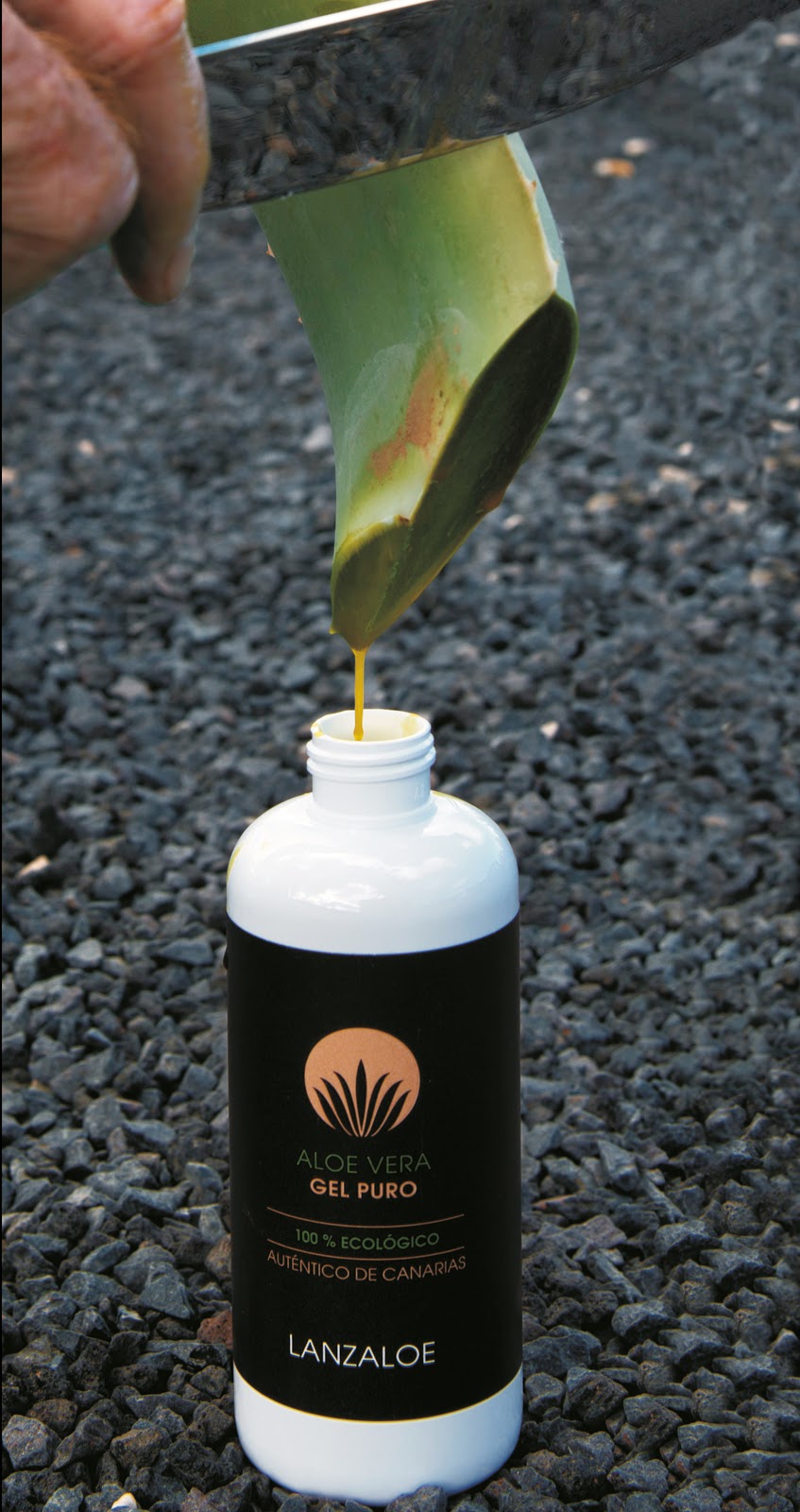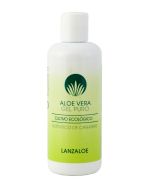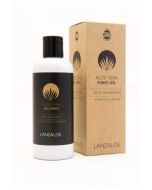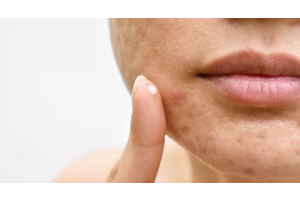Local Storage seems to be disabled in your browser.
For the best experience on our site, be sure to turn on Local Storage in your browser.
The lies of the aloe vera industry

In the market there are many products that use their Aloe vera content as a claim, but in this group we find both those with a concentration of 2% and those that reach more than 90%.
Therefore, it is important to distinguish between gel, juice, concentrate and Aloe vera extract.
GEL
The gel is the pulp of the crushed leaf, rich in polysaccharides, vitamins and minerals, but may contain aloin, a laxative substance present in the plant, which in the process of transformation to obtain the juice is removed.
JUICE
The juice is the most beneficial way to obtain Aloe vera, does not contain aloin, but retains the rest of its components. The incredible potency of Aloe vera is lost immediately after being harvested. Cold extraction by means of used presses avoids the pasteurization and contamination of the gel with the shell, procedure that maintains the vital nutrients of the gel.
CONCENTRATE AND EXTRACT
Aloe vera concentrate is dehydrated gel, while the extract is a preparation obtained from powder mixed with water, and usually contains less than 10% of this plant. These powder-based products lack the original properties of the plant because, in the freeze-drying process to which the aloe is subjected (dehydration process to obtain the powder), it loses much of its original properties.
Most manufacturers use powder because of the savings in costs and logistics involved: it is more expensive to transport vats of Aloe juice, than the powdered product already dehydrated, and add water later.
The aggressive processes of dehydration with high temperatures and pressure to those who subject the Aloe to convert it into powder destroy its properties. These powders usually come from China, India or Mexico and after being mixed with water, are marketed as Aloe, even labeled as Aloe of the Canary Islands, just for the fact of having mixed the dead powder on the islands with water. But this is a fraud because it is NOT ALOE DE CANARIAS and because it is biologically dead Aloe and therefore, the benefits on their health are non-existent. With Dead Aloe is produced 90% of the Aloe products that are marketed in the market.
How do these differences affect our skin?
Aloe vera contains vitamins, minerals, amino acids, enzymes, various secondary plant compounds and also mono and polysaccharides. The most important ingredient is Aloverose (Acemannan), a complex sugar that is only produced in the species "Aloe barbadensis Miller" and that fixes hydration full of active ingredients in the skin. This plant's own ingredient is almost completely lost when Aloe vera is turned into powder.
In a healthy skin, the difference between a pure product, with high levels of Aloverosa, and another based on Aloe powder and water, may not be appreciated as much.
When it comes to sensitive skin, damaged skin, burns, etc., a powder product will have practically no positive effect on your skin, while with a pure product you will quickly notice the positive effects of Aloe vera, because in this case the concentration of active ingredients plays an important role.
How to distinguish between Aloe juice and powder?
- The fresh active Aloe is highly photosensitive so a drinkable juice in a transparent container shows that in its content there is no fresh Aloe since it will degrade in a few days. Choose opaque or dark containers when buying juices with Aloe vera. In addition, the containers must be hermetically sealed and must not pass through light or air, so that the properties of Aloe vera are not lost.
You will recognize its authenticity when tasting the juice and that its taste is bitter and characteristic. In reality there is not much difference with the juice you get when you peel an Aloe vera leaf and liquefy it.
- The pulp of Aloe Vera is white translucent and this color turns yellow after processing so if your aloe is presented in another color is not fresh aloe and its color obeys dyes.
- The price of Aloe vera is closely related to the type of preparation of the product. The techniques that best preserve the qualities of the plant, such as the process of cold stabilization, are more complex than others and is reflected in the price of Aloe vera. The simplest thing, from the economic point of view, is to use fast techniques that take out the production in a short period of time, without paying attention to the own characteristics of the plant.
It is therefore that the price will be a factor that can help us.
For example, a 100% pure aloe vera juice of 1 liter, can be between 25€ and 35€ per liter, anything below € 20 can be thought to be made with powders or concentrates.
- Find out what kind of aloe vera the product contains. Such a product must be organically grown and processed very quickly so that it does not lose its properties. The species of aloe vera must be Barbadensis Miller, the most popular and efficient for humans.
-The local is also important. When we buy a product of Aloe vera in a hypermarket or supermarket, where they sell us a cream, that a chicken, that some shoes, we can already begin to doubt its quality. The ideal is to buy it in a store specializing in aloe vera.
Lanzaloe is a company that grows Aloe vera Barbadensis Miller organically on the island of Lanzarote, Canary Islands. All our products are made from the pure Juice of our Aloe vera. We can say that we are the only company that produces on the island cosmetic products with such characteristics.
SOURCE:
Martínez M, Betancourt J, Alonso N. Ausencia de actividad antimicrobiana de un extracto acuoso liofilizado de Aloe vera (Sábila). Rev Cubana Plantas Medic 1996; 1: 18-20.
ALOE VERA (ALOE BARBADENSIS MILLER) AS A COMPONENT OF FUNCTIONAL FOODS
Antonio Vega G., Nevenka Ampuero C., Luis Díaz N., Roberto Lemus M.
Evaluation of Antioxidant Potential of Aloe vera (Aloe barbadensis Miller) Extracts
Yun Hu†, Juan Xu†‡, and Qiuhui Hu*†



